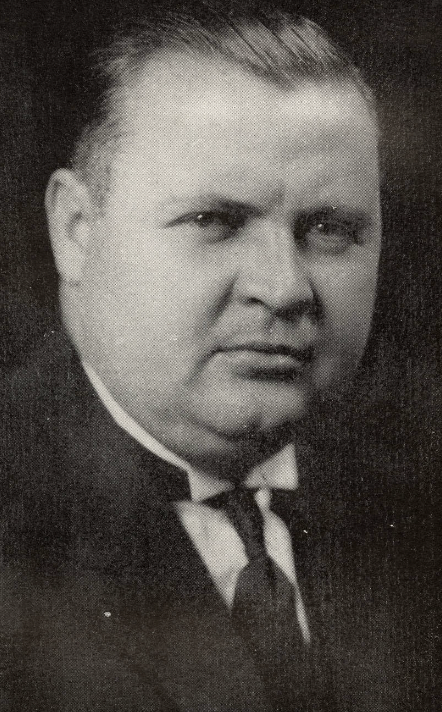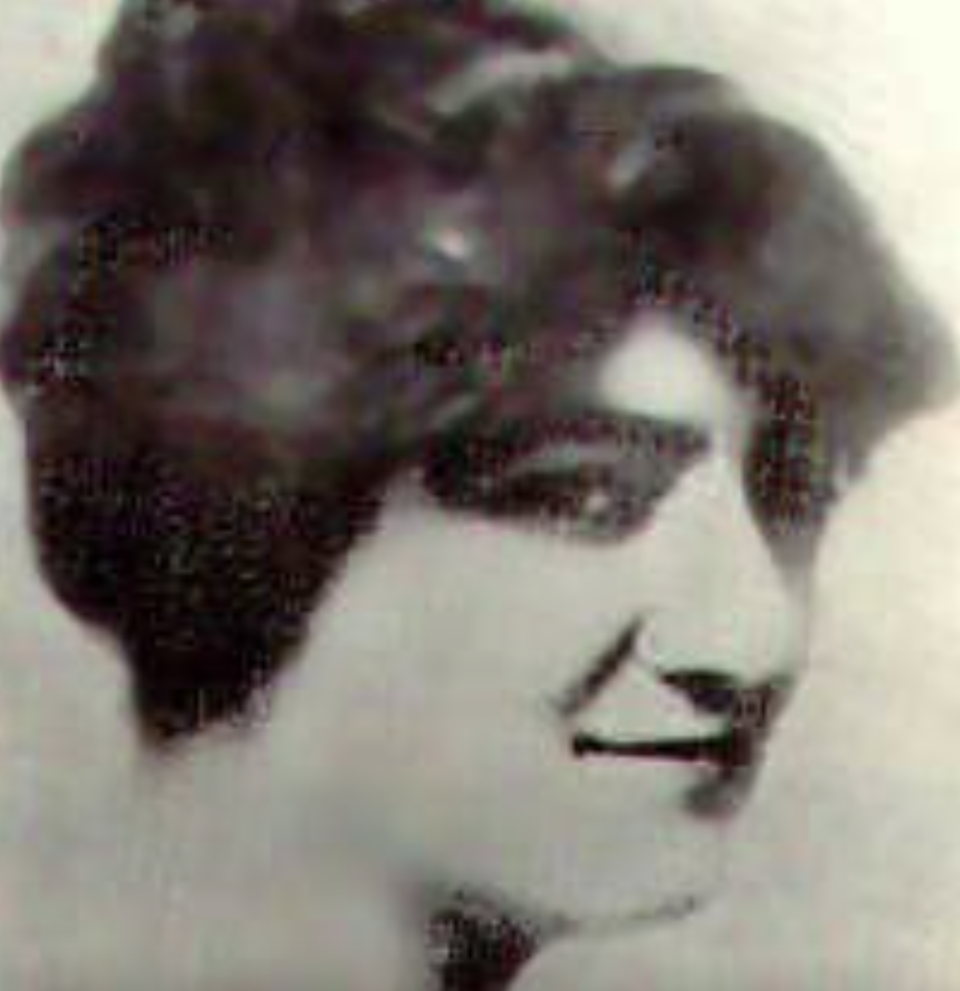How did the KKK take over Indiana? New book details Klan's rebirth, downfall in 1920s
A chilling new book describes how ordinary Hoosiers embraced the Ku Klux Klan and its message of hate when the terrorist group was reborn in Indiana in the 1920s.
“Fever in the Heartland” by Pulitzer Prize-winning journalist Timothy Egan tells how an amoral drifter and sexual predator named D.C. Stephenson used Protestant ministers to recruit members and make the Indiana Klan the largest of any state – North or South – in the nation.

“In no other state of the union, not even Texas, is the domination of the Ku Klux Klan so absolute as it is in Indiana," writes Egan, citing a story published by The New York Times on Nov. 7, 1923, also saying “opposition is silent.” Within a few years, the Klan had infiltrated police departments, city halls, the state legislature and the judiciary, and Stephenson had his eyes on the White House.
“The Klan owned the state, and Stephenson owned the Klan,” Egan writes. “Cops, judges, prosecutors, ministers, mayors, newspaper editors — they all answered to the Grand Dragon.”
Egan, a former New York Times reporter, said in an interview with The Courier Journal that the book offers important lessons for readers everywhere, including in Kentucky, on how extremism can take root anywhere.
He said Indiana was particularly vulnerable to the Klan's message in the 1920s because it was so homogeneous − there were so few Blacks and Catholics and Jews and immigrants − it made it easier for the Klan to generate fear of them.
A. Glenn Crothers, an associate professor history at University of Louisville, said that "reminding Americans of the cycles of racism and hatred that have periodically marred the nation's political and cultural life remains an important task, particularly in the present political moment. when many conservative politicians through their attacks on 'woke' education and 'critical race theory' seek to silence the telling of this complex and often harrowing history."
Crothers, a former director of research at the Filson Historical Society, said the book is also an essential "reminder" to all Americans that the institutions that protect our legal equality and democratic freedoms are fragile if not defended (as the attack on the Capitol on January 6, 2021, should remind us)."
Though Stephenson preached protecting the virtue and purity of white women, he drugged and sexually assaulted them, tearing their flesh with his teeth. Married four times, he beat one of his spouses nearly to her death.
'Blood cannabis': Illegal pot trade linked to Mexican drug cartels leaves contaminants, dead animals behind
Though it touted itself as a kinder and gentler version of the Civil War-era Klan — Stephenson’s version had a women’s and children’s auxiliary — it drew on the same well of hatred of Blacks and “insane, diseased” Catholics and Jews.
As its profile rose in Indiana and other Midwestern states — it got Klansmen elected as governors of Indiana and two other states — it became part of the state’s culture, writes Egan.
“It was possible to do your shopping at Klan-approved stores and cook Klan-approved recipes, to enroll your sons in the Junior K.K.K. and daughters in the Tri-K Klub, and to spend evenings singing Klan songs by the piano.”
At Christmastime, Klansmen dressed as Santa Claus and puritanical vigilantes smashed speakeasies and harassed young men and women found necking in their cars.
Why did Indiana residents so wholeheartedly embrace the Klan?
“They needed to hate something smaller than themselves as much as they needed to have faith in something greater than themselves,” Egan writes.
Journalist Robert Coughlan, who grew up in Kokomo and watched the rally as a scared 10-year-old Catholic boy – and later wrote for Life and Fortune magazines — said the Klan filled a need. “It first appealed to the ignorant, the slightly unbalanced and the venal,” Coughlan wrote. “But by the time the enlightened elements realized the danger it was already on top of them.”

Egan’s book, which was published in April, is subtitled, “The Ku Klux Klan's Plot to Take Over America, and the Woman Who Stopped Them.” He writes the Klan might have gotten away with it, if not for the courage of Madge Oberholtzer, who was 28 when she testified on her deathbed that Stephenson had raped and assaulted her. She poisoned herself with mercury rather than face the embarrassment of having been raped and disfigured with bitemarks by him.
He was sentenced to life in prison and served 25 years before he was finally released. A few years later he was convicted of assaulting a 16-year-old girl in Independence, Missouri. He was working as a newspaper printer in Jonesborough, Tennessee, when on June 28, 1966, he suffered a seizure and fell to the ground, dead at 74.
But news of his passing did not reach Indiana for years. He managed to live quietly in a forgotten pocket of America, and historians, journalists, lawyers and businesspeople he fleeced tried without success to track him down.
Egan writes it wasn’t until 1978, after a three-month investigation, that reporters at The Courier-Journal solved a mystery dating back 16 years to when Stephenson vanished from Seymour, Indiana, without a trace.
They found the grave of the Grand Dragon and his fourth wife in eastern Tennessee.
Even his headstone was a lie, Egan writes. Stephenson said that he was an officer who served with the infantry in World War I.
Like many of the things he claimed, that was false.
Read more about the case at Smithsonian Magazine or in this report from the Indy Star.
More: 'They don't want to see the Blacks in the pools': Councilwoman rips Algonquin pool closure
Reporter Andrew Wolfson can be reached at (502) 396-5853 or awolfson@courier-journal.com.
This article originally appeared on Louisville Courier Journal: 'Fever in the Heartland': Book details Klan's rebirth in 1920s Indiana

